we will discuss about Scope of Architecture in 2023. Architecture is not a new word, Architecture refers to the art and science of designing and constructing physical structures, such as buildings, bridges, and urban spaces. It encompasses both the process of planning and creating these structures, as well as the end result – the physical, functional, and aesthetic aspects of the built environment. Architecture is a multifaceted field that combines creativity, engineering, and practicality to shape the spaces we inhabit.
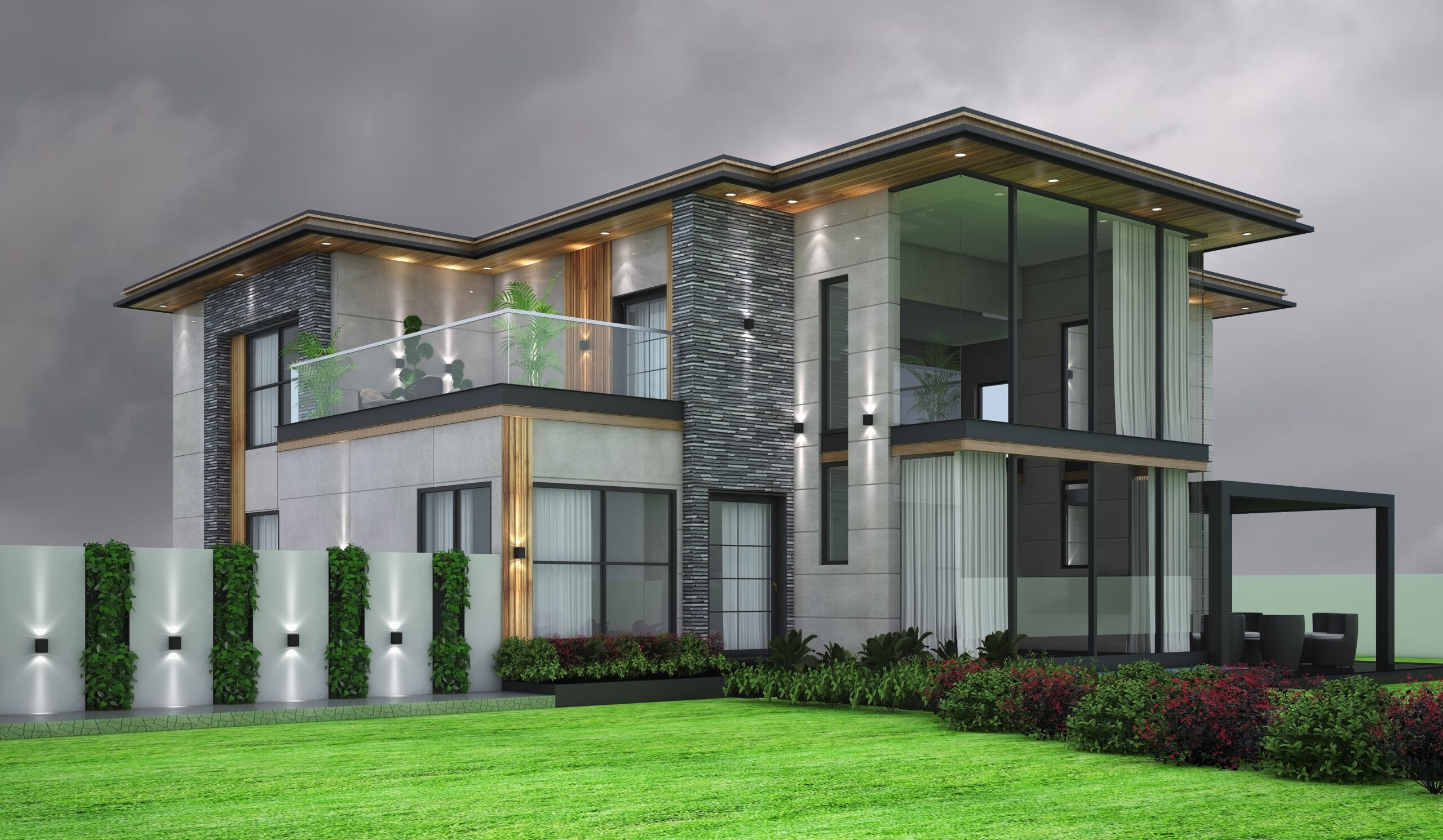
Scope of Architecture in 2023
In 2023, architecture continues to play a crucial role in shaping our built environment and addressing contemporary challenges.
Sustainable Design: With a growing emphasis on environmental sustainability and climate change mitigation, architecture in 2023 places a strong focus on sustainable design. Architects are using eco-friendly materials, energy-efficient technologies, and innovative designs to create buildings that reduce their carbon footprint and minimize environmental impact. Scope of Architecture in 2023 depends on how we design sustainably a building.
Scope of Architecture in 2023
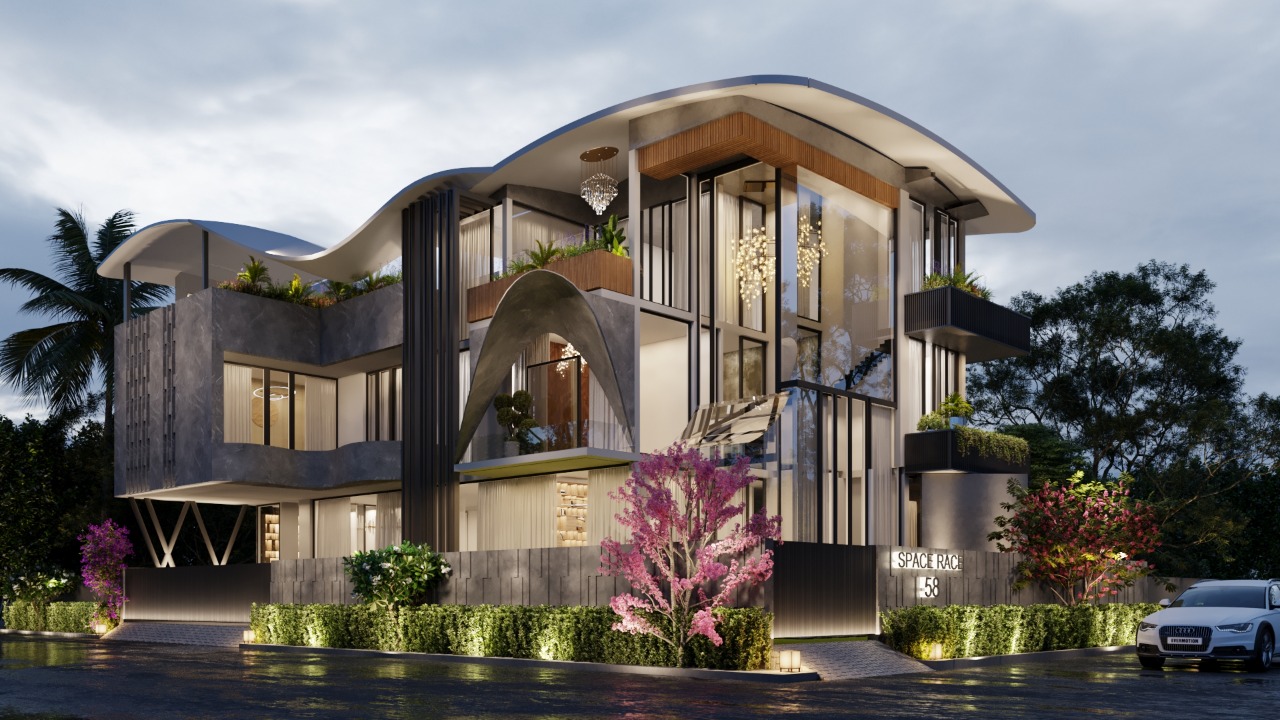
Smart Cities: Architecture is integral to the development of smart cities. These cities leverage technology and data to enhance the quality of life for residents. Architects design urban spaces that incorporate smart infrastructure, such as intelligent transportation systems, energy-efficient buildings, and smart grids to improve efficiency and sustainability.
Adaptive Reuse: Adaptive reuse involves repurposing existing structures for new functions. In 2023, architects are increasingly transforming old industrial buildings, warehouses, and historical sites into modern, usable spaces. This sustainable approach preserves cultural heritage and reduces the need for new construction.
Resilient Design: Architects are addressing the challenges of climate change by designing resilient structures. Buildings and infrastructure are constructed or retrofitted to withstand extreme weather events, rising sea levels, and other environmental threats.
Wellness-Oriented Spaces: Architecture is used to create spaces that promote physical and mental well-being. In response to the growing focus on health and wellness, architects design environments that maximize natural light, improve indoor air quality, and incorporate green spaces.
Mixed-Use Developments: Mixed-use developments are becoming more popular, with architects designing spaces that combine residential, commercial, and recreational elements. These developments promote a sense of community, reduce the need for long commutes, and enhance urban vitality.
Modular and Prefabricated Construction: To expedite construction and reduce costs, architects are increasingly turning to modular and prefabricated building techniques. These methods allow for quicker assembly, reduced waste, and improved quality control.
Accessibility and Inclusivity: Architects are working to make spaces more accessible and inclusive for people of all abilities. Universal design principles are integrated into architectural plans to ensure that buildings and public spaces are welcoming and usable by everyone.
Digital Tools and Virtual Reality: Architects are harnessing digital tools and virtual reality to create highly detailed and immersive representations of their designs. These technologies help clients and stakeholders better understand the final product before construction begins.
Cultural Expression: In 2023, architecture is also a means of cultural expression. Architects often incorporate cultural symbolism, history, and identity into their designs, celebrating diversity and preserving heritage.
Affordable Housing Solutions: The global need for affordable housing is driving innovative architectural solutions. Architects are designing cost-effective, efficient, and sustainable housing options to address the housing crisis in many parts of the world.
Workspace Design: With the rise of remote work and flexible work arrangements, architects are reimagining office spaces. They are creating collaborative, adaptable, and technology-integrated work environments that meet the evolving needs of businesses and employees. Overall, architecture in 2023 is at the forefront of addressing contemporary societal challenges, from sustainability and resilience to well-being and technological advancements. Architects are using their skills and creativity to shape the future of our cities and communities in ways that improve our quality of life and promote a more sustainable and inclusive world. Scope of Architecture in 2023 and upcoming years is very bright.
VASTU
Vastu is another name of Architecture. It’s an Art of Balancing the Positive and negative energy, five elements and directions that make residents happy, healthy and wealthy.
this art can add value to the Architectural practice, specially in India.
FAQ
Q- What is the trend in architecture in 2023?
A- Sustainable Design is trending in 2023.
Q-Is there a future in architecture?
A-An Architect can practice in public and private sector with very high salary.
Q-Is architecture a good career in 2030?
A- With digitalization, and AI base Software scope in Architecture is a booming.
Q-Will AI replace architects?
A-NO! but it will help Architects and boost their career.
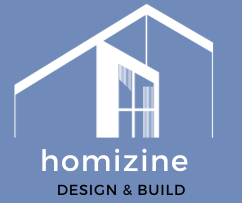

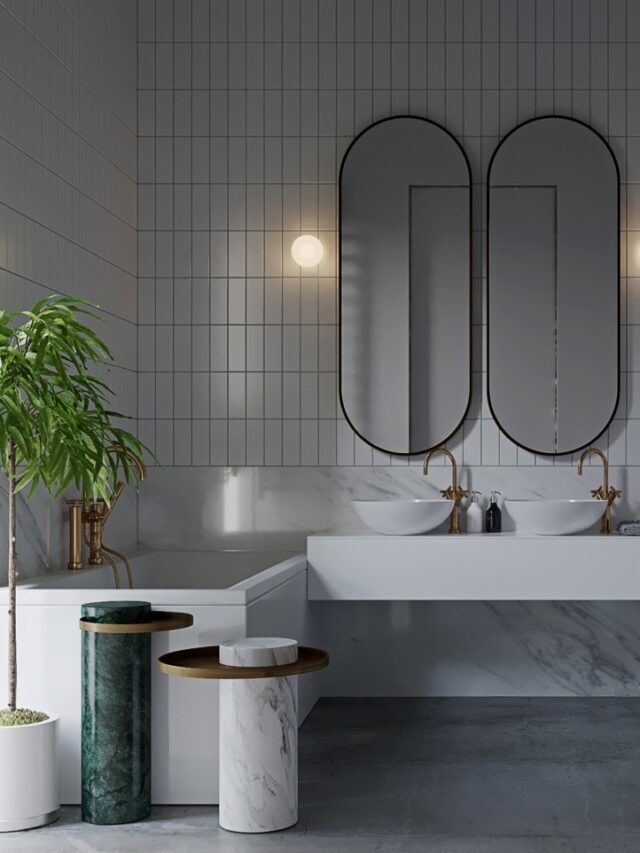

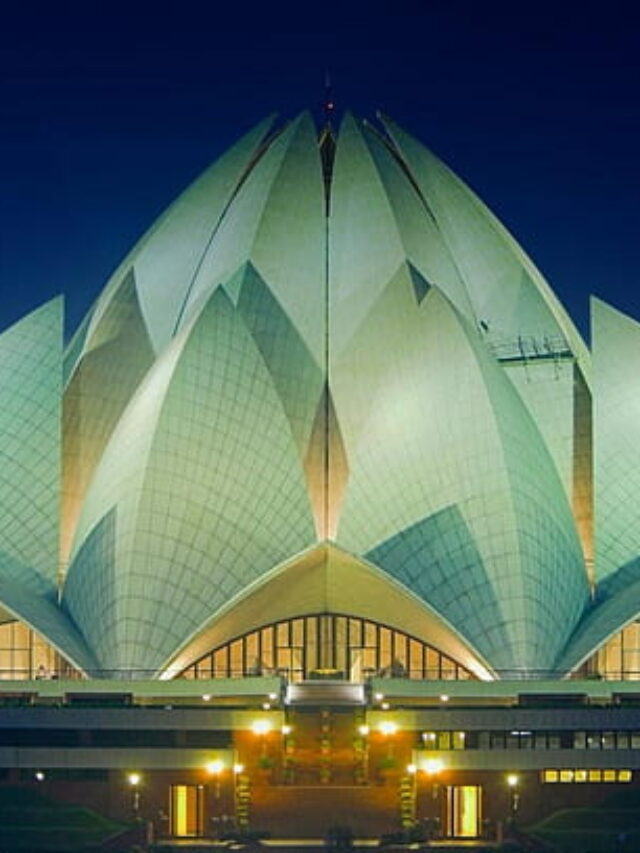
Good to know